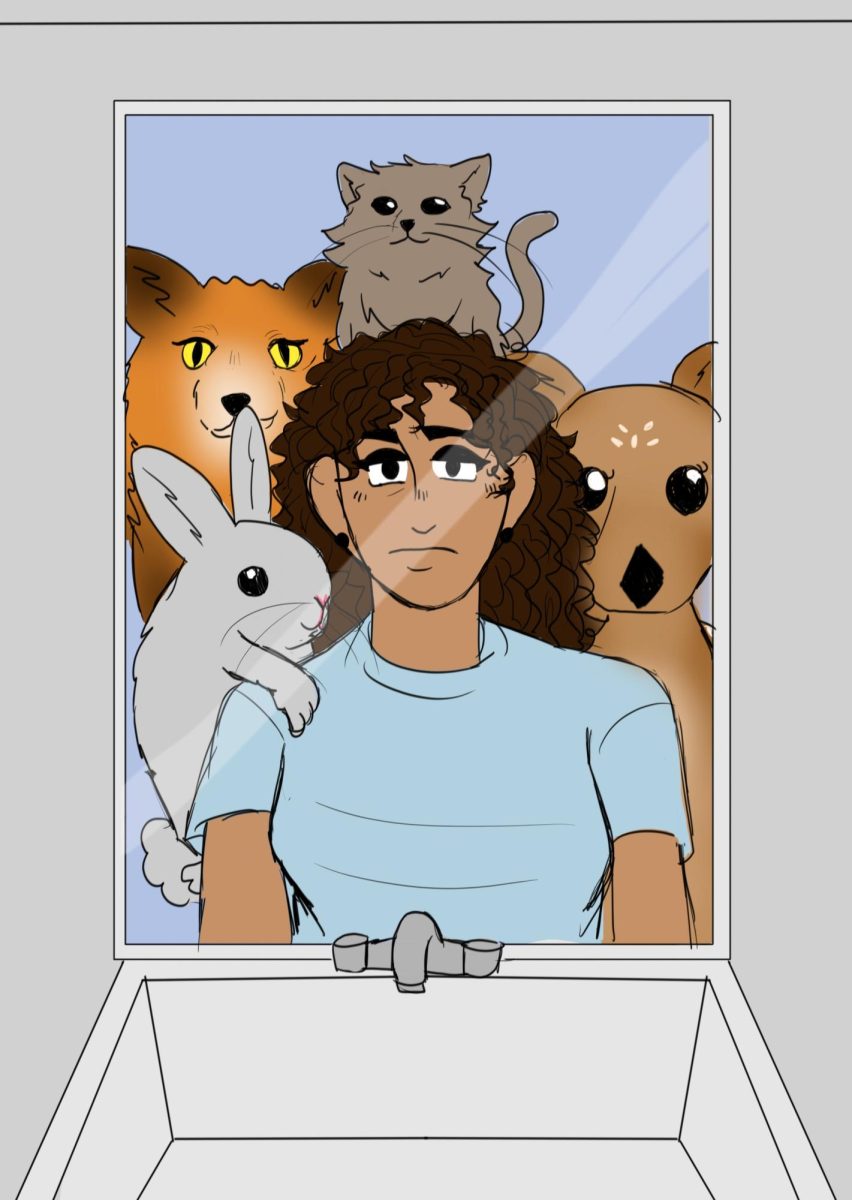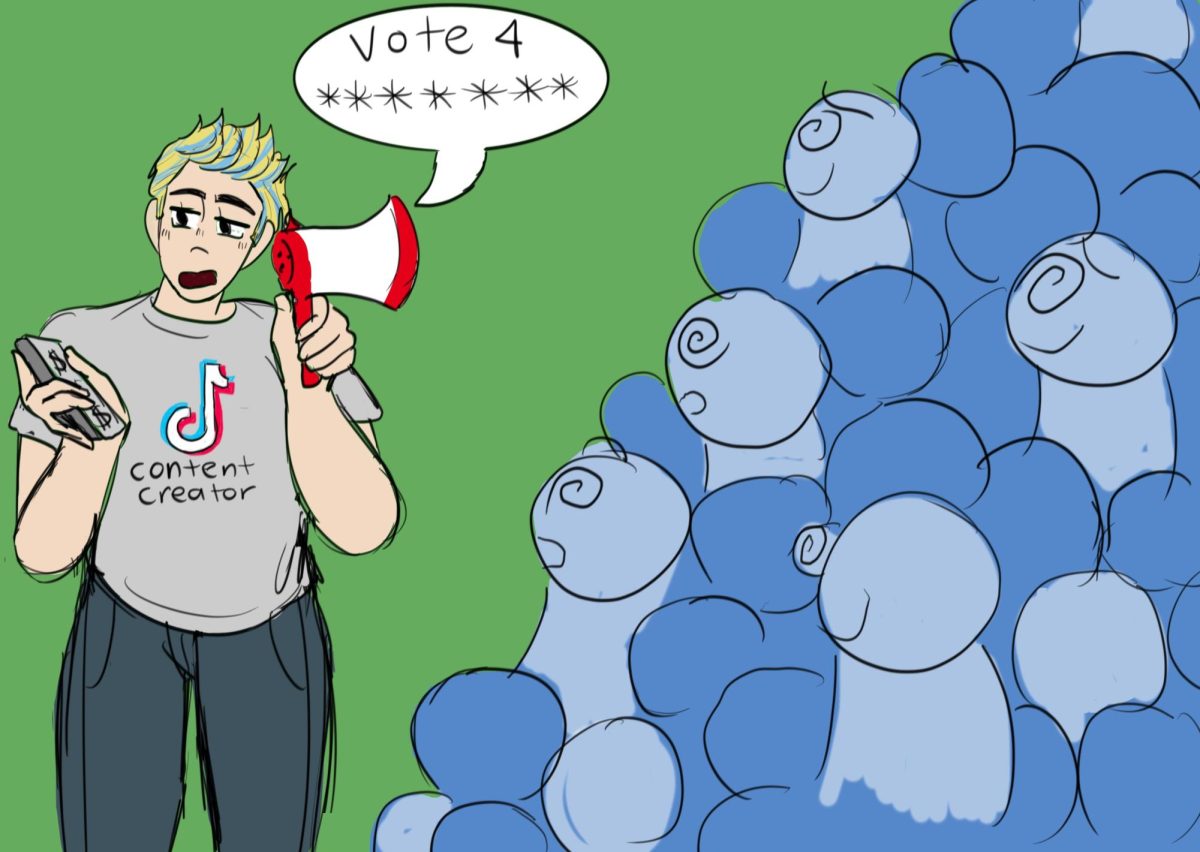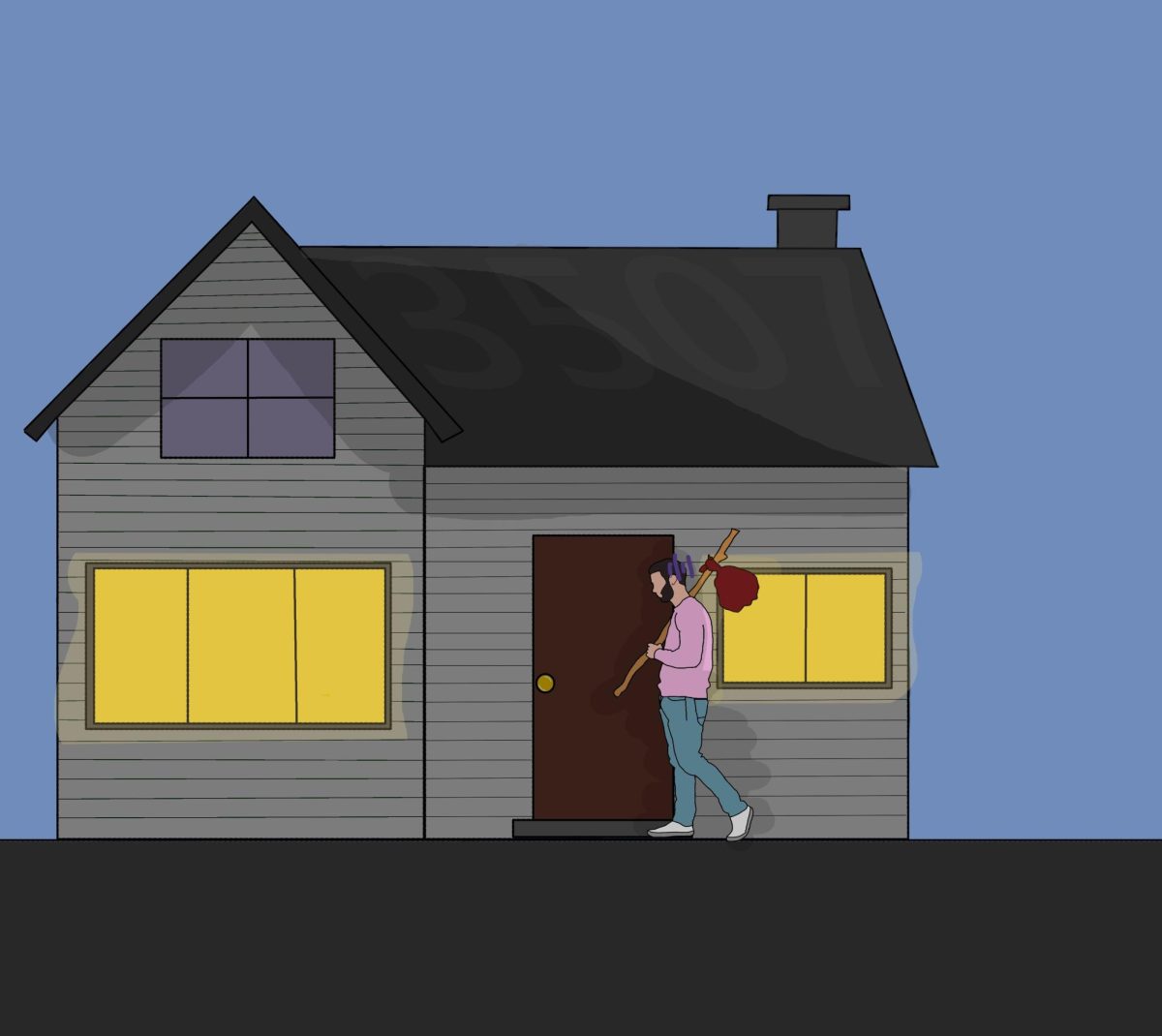Suicide is a topic that often lingers in the shadows, shrouded in stigma and silence. Yet it remains a leading cause of death among young people, making it a crucial issue to bring to light. As someone who has navigated the turbulent waters of mental health struggles, I know firsthand how isolating and overwhelming those feelings can be. I hope to inspire others to seek help—break the stigma surrounding mental health and help them recognize that they are not alone. Together, we can create a supportive community that prioritizes mental well-being and fosters conversations about suicide prevention.
Attempting suicide at a young age is, believe it or not, a common occurrence in young individuals. According to the Centers for Disease Control and Prevention (CDC), suicide is, unfortunately and shockingly, the second leading cause of death among individuals aged 10-24 in the United States. In 2021, the National Vital Statistics Reports also indicated that fourteen percent of high school students reported seriously considering suicide, with eleven percent making a plan and seven percent attempting suicide in the past year. Common factors that contribute to suicide risk include depression, substance abuse, childhood trauma and loneliness.
Several factors can contribute to someone contemplating or attempting suicide. Mental health issues like depression and anxiety can create a feeling of hopelessness that can feel insurmountable. Substance abuse can further complicate these issues, leading to poor decision-making and increased vulnerability. Additionally, experiences of trauma—whether from bullying, family issues, or other causes—can leave deep emotional scars. Recognizing these factors can help us better understand those who are struggling and encourage us to provide support.
Understanding the warning signs of suicidal ideation is crucial for early intervention. Some examples include: changes in behavior, mood swings, withdrawal from friends and activities and expressions of hopelessness. These are just some of the many red flags, people who are struggling with thoughts of suicide exhibit. If you notice a friend or classmate displaying these signs, it is important to approach them with care and concern. Open conversations can make a significant difference in someone’s life, offering them a chance to communicate about their struggles. By listening and validating them, they are more likely to seek help.
Fostering a culture of openness around mental health is vital for lessening the stigma around those who struggle with mental illness. In order to foster an accepting environment, schools can organize mental health awareness events, promote workshops on coping skills and encourage students to talk about their feelings. By creating a supportive environment, we can help reduce the stigma surrounding mental health issues and overcome destructive self-judgment, allowing those with mental health conditions to seek help and treatment. It is important to remind one another that it is okay to struggle and that support is available in order to do so.
Sharing personal stories of struggle and recovery can even inspire others to seek help. Many people who have faced similar challenges have found pathways to healing and hope through support groups, treatment centers and spreading awareness of mental health, as well as learning how to properly nurture yourself. By highlighting these stories, we can help to encourage others to share their experiences and build a strong sense of community.
Suicide prevention is a shared responsibility between those who struggle and those who care about the person struggling that requires awareness, empathy and action. By breaking the silence surrounding this issue, we can create an environment where everyone feels safe to talk about their struggles. It is essential to remember that help is available and no one has to face these feelings alone.
I invite every student to get involved—join or start mental health awareness clubs, participate in workshops, or simply reach out to friends who may need support. By taking these steps, we can contribute to a culture that prioritizes mental well-being and foster hope for all. Let’s work together to ensure that our school community is a safe and supportive space for everyone.
Resources for Help
If you or someone you know is struggling, it’s essential to seek help. School counselors are a valuable resource, providing support and guidance. National hotlines, such as the National Suicide Prevention Lifeline (1-800-273-TALK), are available 24/7 for anyone in crisis. Online resources, including mental health apps and support groups, (Headspace, Calm, local support groups in your area) can also offer help and community. Remember, reaching out is a sign of strength, not weakness.







